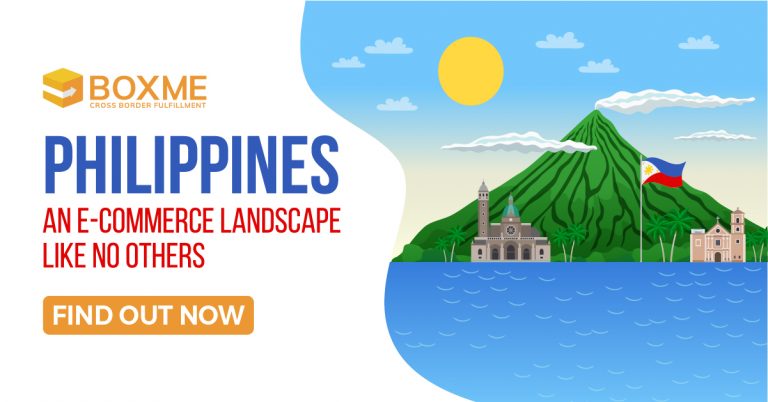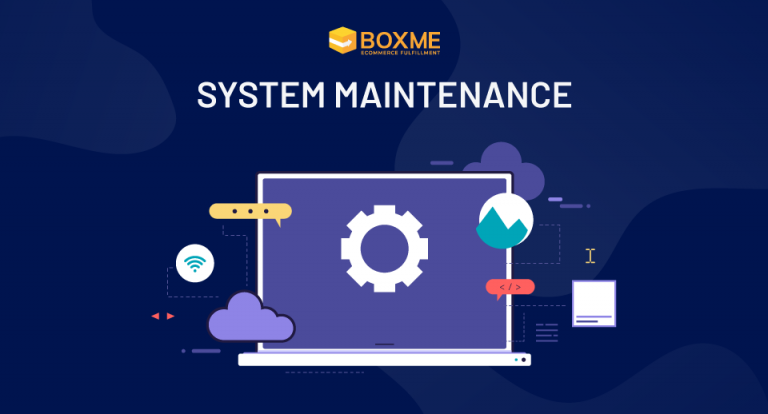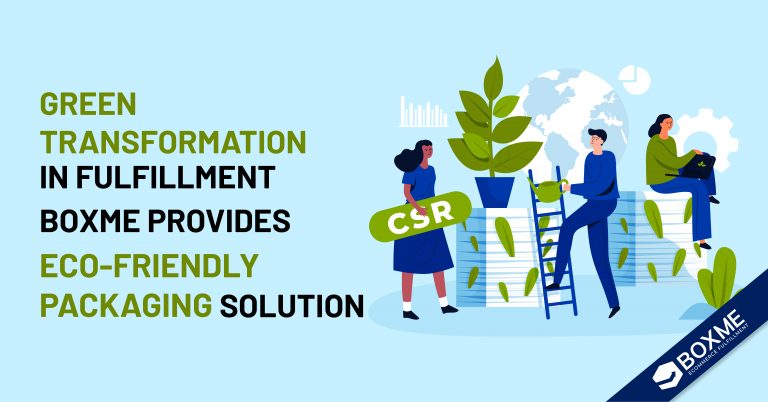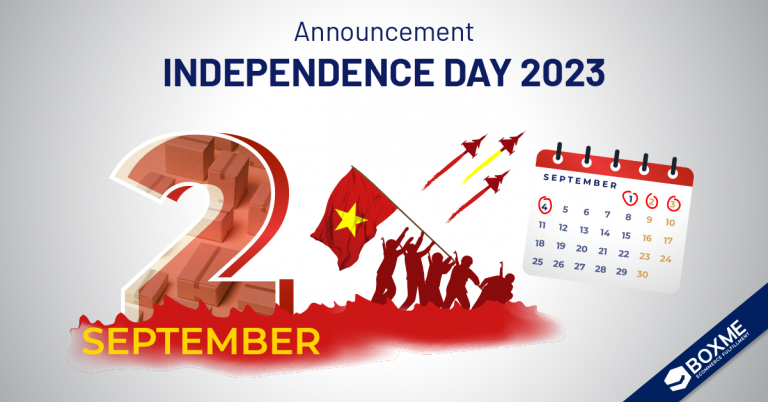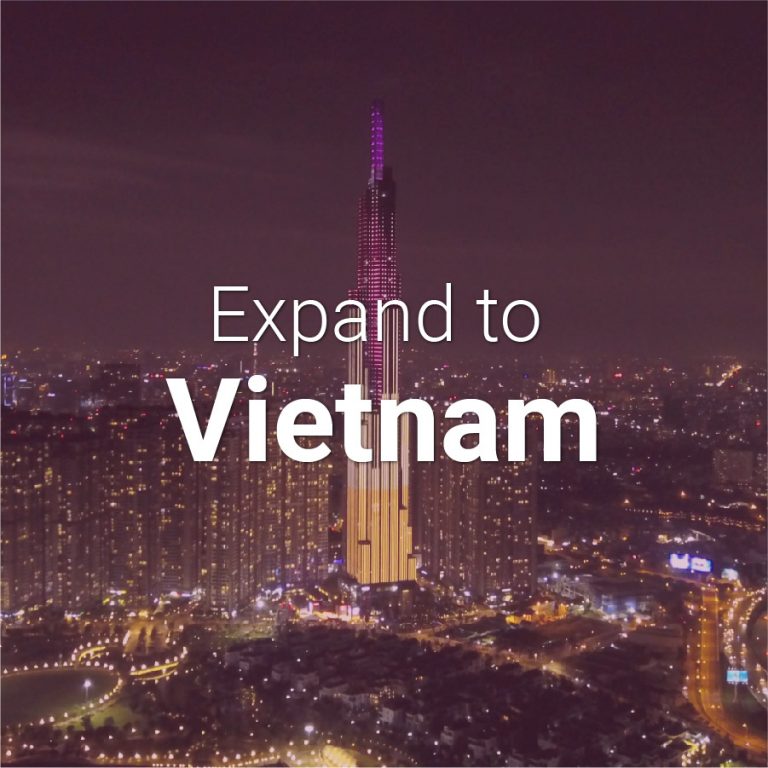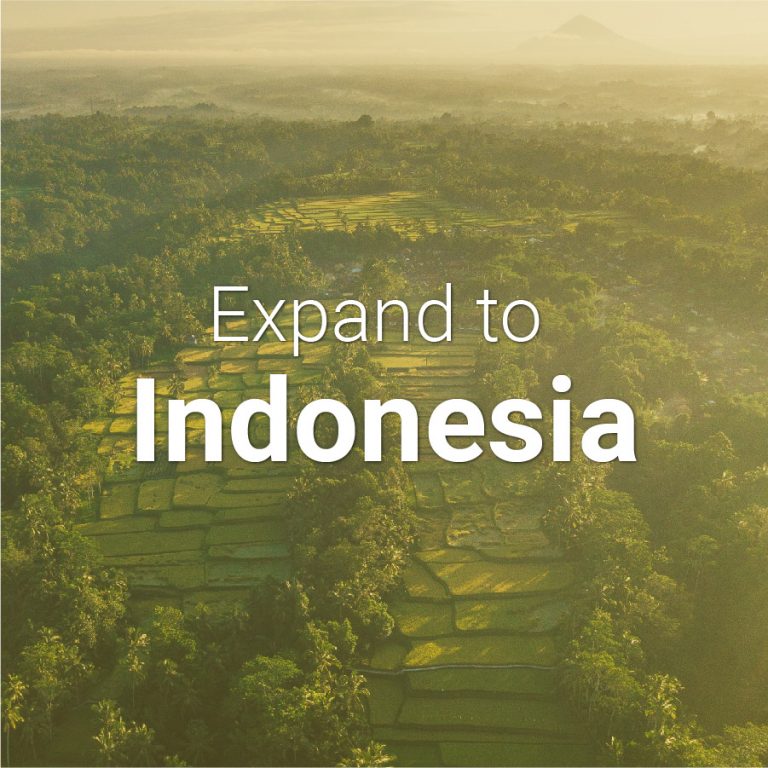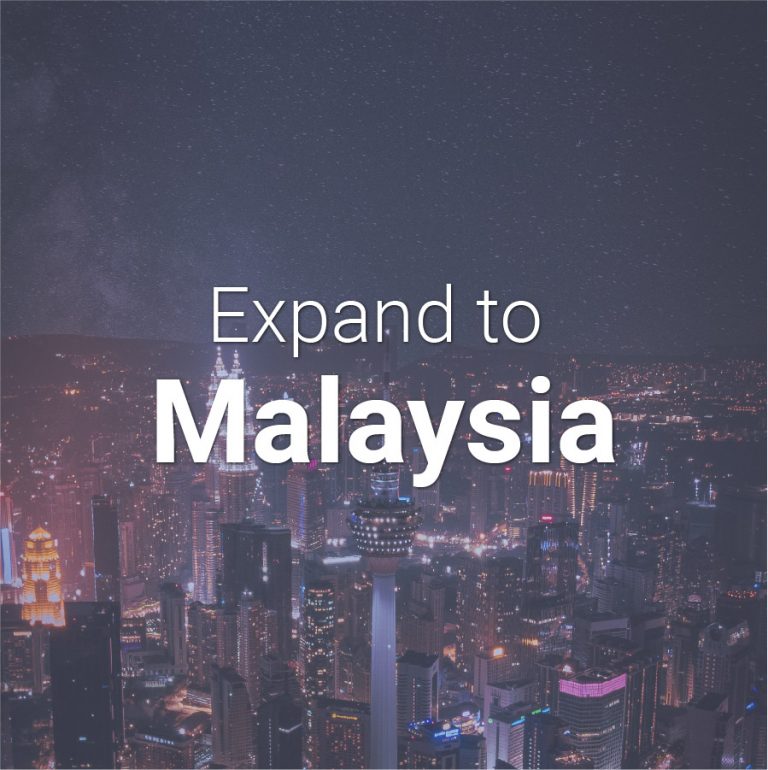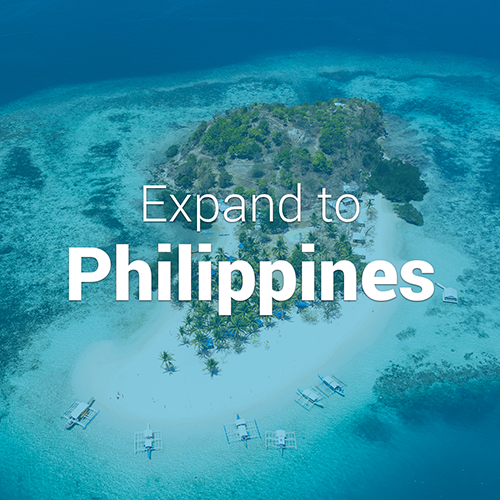E-commerce overview
Out of the six outstanding E-commerce markets in Southeast Asia, the Philippines has the smallest E-commerce value despite having the second-largest population.
Home to 107 million people, the Philippines have more than 76 million Internet users. GlobalWebIndex report that 75% of these users aged between 16 and 64 years old are already shopping online.
In 2019, we are social & Hootsuite’s digital report evaluated the value of the country’s E-commerce sector at more than $4.5 billion. This figure posed as a 16% growth compared to last year, smaller than the regional average of 21%, but bigger than the global average of 13%.
However, the majority was dedicated to the travel industry while online consumer goods purchases accounted for just $840 million. Electronics & physical media ranked first as the largest category, followed by fashion & beauty and furniture & appliances. All consumer goods sectors rose rapidly with an average of 22%.
Filipino still remains skeptical of online shopping, having spent only an average of $20 throughout the year.
It can be seen that the Philippines is relatively an untapped E-commerce market in the region regardless of the high Internet penetration rate. The good news is that the numbers are picking up with double-digit growth, and eMarketer predicted that the country will soon become one of the fastest-growing markets in the upcoming years.
–> See more: E-Commerce: Now The Largest Internet Economy Sector In Southeast Asia
Driving factors
- Growing middle class: World Bank reported that the Philippines is one of the emerging economies in the East Asia Pacific region with an annual growth of 6.3% from 2010 to 2018. The country is on track to become an upper-middle-income country in the near future. The poverty rate and income inequality have also been declining, leaving room for a growing middle class with strong spending power.
- Government support: In 2016, the government published the Philippine eCommerce Roadmap 2016-2020 with the main goal of increasing the value of online business activities to 25% of the country’s GDP in 2020, up from 10% in 2015. Focusing on developing 6 key aspects: infrastructure, investment, innovation, intellectual capital, information flow and integration; the government has been making various policies that benefit E-commerce sellers entering the region.
- Social media usage: With an average age of 25.7, the Philippines leans towards a young and tech-savvy population. These people are prolific Internet users with 10 hours 2 minutes daily, in which 4 hours 12 minutes is spent on social media. The surge of affordable mobile devices fueled this movement, making Filipinos an easy audience to reach out through a combination of social media and E-commerce platforms. Most active social media platforms include Facebook, Instagram and Twitter. PayPal research shows that 87% of merchants sell their products on social media as one of the channels.
- E-commerce’s convenience: The benefits of online shopping is gradually being recognized by customers, as there are abundant product choices locally and internationally to select from. For a nation where 89% of adults own a smartphone like the Philippines, the mobile-first approach that many E-commerce platforms are taking will provide the most optimized shopping experience.
–> See more: E-Commerce Platforms That Are Dominating Southeast Asia
Challenges
- Cash-based payment method: The Filipinos have been slow to adopt digital payment, with only 1.9% of the population have a credit card and 9.9% make online purchases and pay bills online. Therefore, online sellers have to offer cash-on-delivery as a payment method to appeal to the mass. This is a major concern for foreign sellers in terms of money remittance and high order return rate. Nevertheless, the Filipino government has been putting in efforts to promote banking to double the percentage of bank account owners from 35% to 70% by 2023 through its National Strategy for Financial Inclusion. E-wallets are also making their appearance in the country, with GCash and SMART Money being the two primary service providers.
- Incompetent logistics: As an archipelago of more than 7,600 islands, logistics is a challenge for last-mile delivery carriers. While residents in the capital Manila have access to most brands and stores, the suburban and rural areas have very limited choices. The shipping time also varies differently with 1-2 days for the urban area and up to 7 days for others.
- Internet connectivity: Internet in the Philippines is one of the slowest and most expensive in Southeast Asia, thus brands have to pay real attention to web optimization.
- Customers’ trust: Overall, Filipino consumers are doubtful about online transactions including both E-commerce and credit cards. They believe that online sellers are scammers and claiming back money would be difficult, while credit cards can lead to overspending. E-commerce platforms are trying to change this perception by being as transparent as possible and issuing policies to protect online buyers.
–> See more: Delivery Continues To Be A Challenge For Southeast Asian E-Commerce
Hybrid Commerce
Poor infrastructure is the case for most developing countries’ rural areas, and the Philippines is not an exception. The lack of good roads makes it difficult for logistics companies to access certain addresses and drive up the shipping fees aside from the long wait time.
Philippines’ E-commerce players came up with a strategy to tackle this problem: setting up pickup points a central destination such as malls or convenience stores for customers to collect the products they ordered online. Some places even offered purchase services to assist customers who are not familiar with online shopping.
For example, CLiQQ services installed in every 7-Eleven convenience store can help customers pay their bills, book airline tickets and purchase goods online. The items then will be shipped to the store for the customer to pick up after several days.
The method is called hybrid commerce – E-commerce that relies on offline channels. Through hybrid commerce, E-commerce players can reach two demographics that are once out of their reach: customers they can’t deliver to, and customers who don’t know how to shop online. And as infrastructure and customer perception takes time to transform, this method is likely to stay evident for E-commerce in the Philippines to grow.
YOUR ULTIMATE GUIDE FOR EXPANDING TO THE PHILIPPINES
Boxme is the premier cross-border e-Commerce fulfillment network in Southeast Asia, enabling world-wide merchants to sell online into this region without needing to establish a local presence. We deliver our services by aggregating and operating a one-stop value chain of logistic professions including: International shipping, customs clearance, warehousing, connection to local marketplaces, pick and pack, last-mile delivery, local payment collection and oversea remittance.

